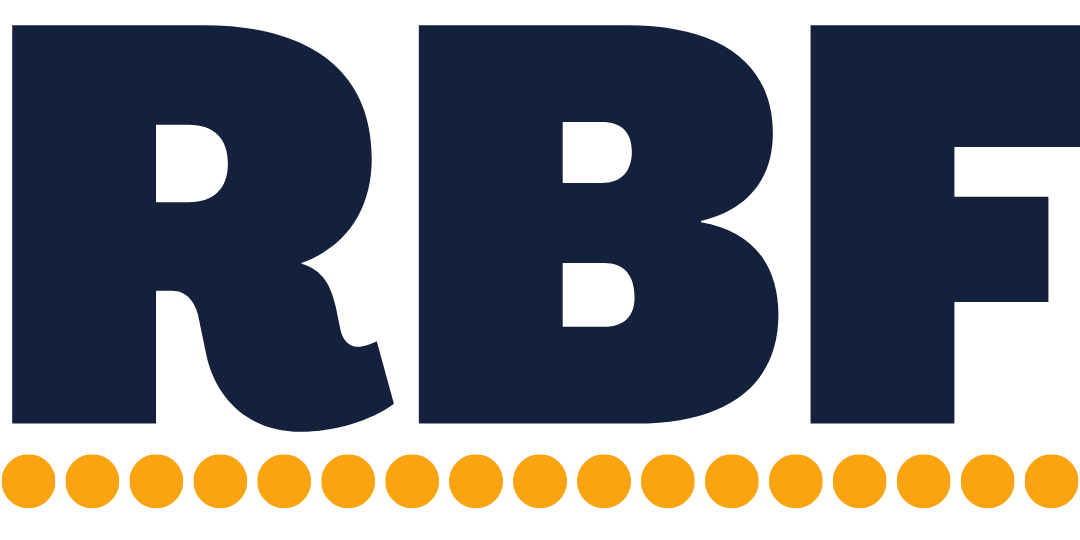Getting more value out of a SWOT analysis
Everyone’s first experience with a SWOT analysis is terrible. It’s typically your first real exposure to business strategy and you just don’t have enough experience in your business yet (because you’re a business student, new entrepreneur, new to business planning/strategy, etc) so, it goes poorlyyy. And, if you do have the experience, no one explains how to take a SWOT analysis a step further, use it to learn things about your business, and implement those lessons. So, you usually wind up with a super lame SWOT analysis that doesn’t teach you much about anything and you don’t know what to do with it, so you throw it in a drawer and swear you’ll never do a SWOT analysis again.
And, that’s a shame. SWOT analyses are an approachable and relatively easy introduction to business strategy. You don’t need fancy software, oodles of data, or an expensive consultant to walk you thru it. You just need to self-reflect and look for the strengths, weaknesses, opportunities, and threats in your situation. There’s a bit of nuance to it, but it’s a far cry from advanced planning like multi-year cash flow forecasting or scrum project management. It’s a simple thought experiment that you can do on a lazy afternoon and then easily implement the lessons into the rest of your planning.
Include personal factors in your SWOT analysis:
In a SWOT analysis, strengths and weaknesses (aka the SW) are internal factors and opportunities and threats (aka the OT) are external factors. Traditionally, they’re the internal and external factors of the business itself (or whatever investment you’re assessing). But, as a small business owner, you and your personal traits are intertwined with your business. Your personal traits will affect your small business in a way that the personal traits of a megacorp CEO wouldn’t affect the megacorp. There’s no getting away from that and you should include personal factors in your business SWOT analysis. For example, if you’re a procrastinator or bad with money in your personal life, that’ll probably carry over into your business and is something you should include in your analysis.
Regularly update it:
A SWOT analysis isn’t a one-and-done document. As your business grows, you become more experienced, and the world changes, there will be new SWOT factors to add to your analysis (and old factors to remove). So, you should be regularly revisiting and updating your SWOT analysis. Once a year is probably more than enough for the average small business (unless you’re doing regular strategic planning then quarterly works).
Use your SWOT analysis to create goals and plans:
When creating business goals and plans, we tend to tunnel-vision on whatever we’re currently working on (or struggling with), what our gut says we should be doing, or whatever social media says ‘real business owners’ do. And, while that’s not necessarily wronggg, it’s far from strategic. Tunnel-vision goals frequently don’t leverage all our strengths and opportunities or avoid our weaknesses and threats. Reflect on your SWOT analysis after finishing it. How can you leverage your strengths and opportunities? How can you mitigate your weaknesses and threats? But, at the same time, don’t go toooo crazy. Every single SWOT factor doesn’t need a goal or plan. Use your discretion.
Use your SWOT analysis to review goals:
Part of great goal planning is making relevant and achievable goals. But, relevance and achievability are relative and can’t be assessed in a vacuum. You need points of reference. Profit & Loss reports, budgets, and financial projections all help you determine if a goal is financiallyyy relevant and achievable. But, you need strategic planning exercises (like a SWOT analysis) to help figure out if a goal is strategicallyyy relevant and achievable. After creating your goals, set them next to your SWOT analysis and compare each goal to your SWOT. Do your goals lean into your strengths and opportunities? Do your goals avoid (or correct for) your weaknesses and threats? If a goal conflicts with your SWOT analysis (for example, you’re a procrastinator and a goal requires extreme timeliness to succeed), take it back to the drawing board.
Use it when creating your budgets, forecasts, and financial decisions:
You can’t build a great budget or financial forecast with justtt financial data. It can only be extrapolated so far on its own. You also need to consider the rest of your business, the direction it’s heading in, and any outside factors that’re affecting it then make a few assumptions and educated guesses from there. And, your SWOT analysis is a convenient, one-page summary of your business and outside factors. Review your SWOT analysis before creating budgets and forecasts. Unfortunately, there’s no direct correlation or easy way to carry SWOT insights over to your budget, but it’ll refresh your memory of factors that could impact your budgets and forecasts but may’ve been forgotten otherwise.
Action Item:
Do a SWOT analysis. You don’t need a fancy template. Just write out Strengths, Weaknesses, Opportunities, and Threats then go to town.
(Note: I wish I could find my first SWOT analysis from when I was an accounting student. It was terribleee. And, it’s okay if yours is too. It’s a learning process.)
💪 What we do at Resting Business Face 😤
🚀 Finance Partner: Forecast the next 12+ months, improve your cash flow, and work closely with yours truly.
🤓 Hands-off Consulting: Annual forecasting and quarterly calls when you need just a touch of guidance.
🏛️ Tax Essentials: Taxes, accounting, and payroll to keep your business on the IRS's good side.
